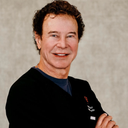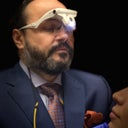Hi N Keegan,It does not sound out of proportion, but we would have to have all your measurements. So I think you are on the right track, for sure. No need for a textured implant or anatomical in my opinion. We like Mentor, we only use them, doing hundreds each year. Regarding size: Here are a few tips for you because this is perhaps


